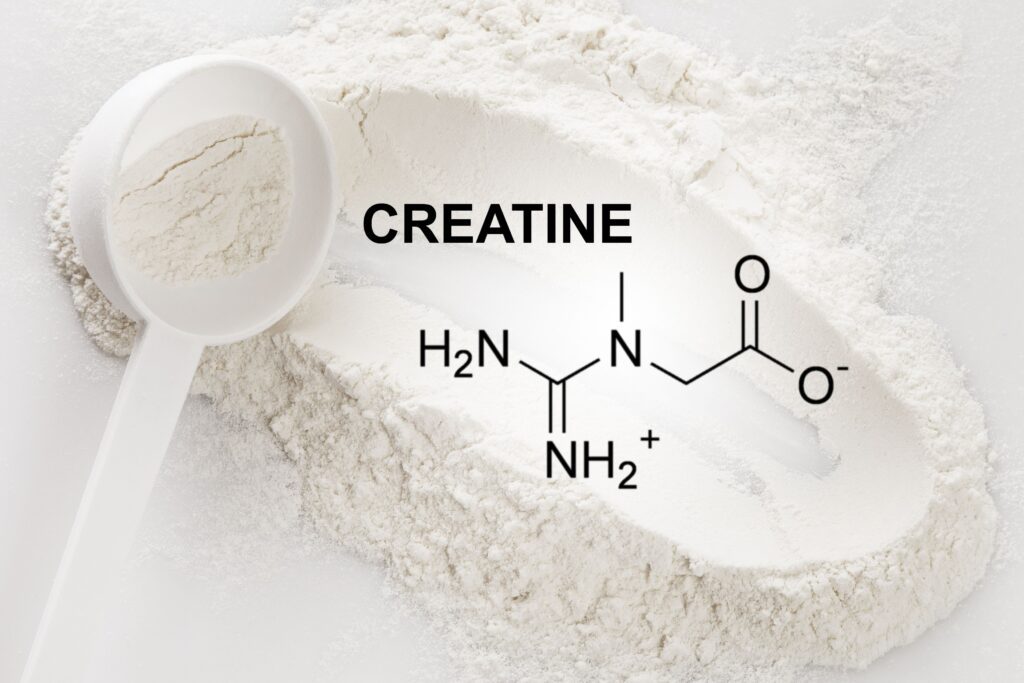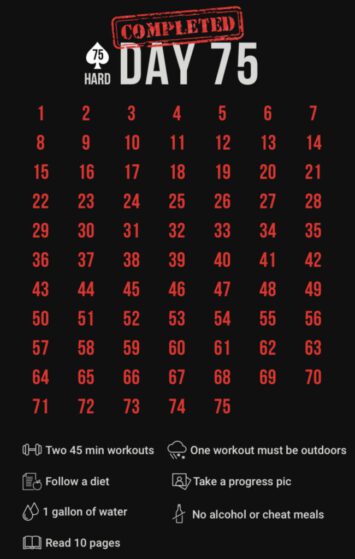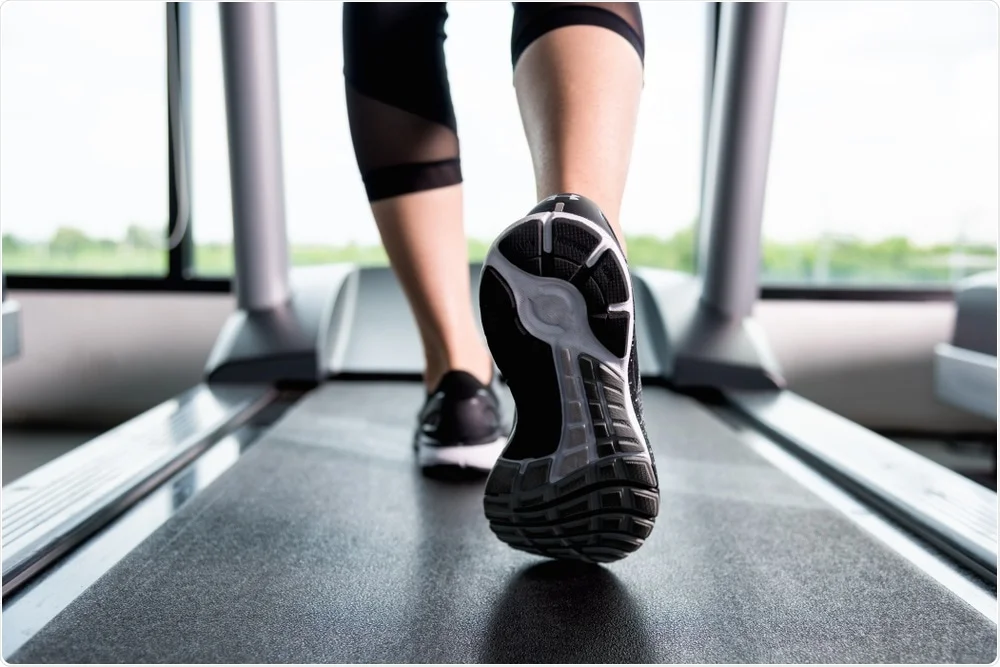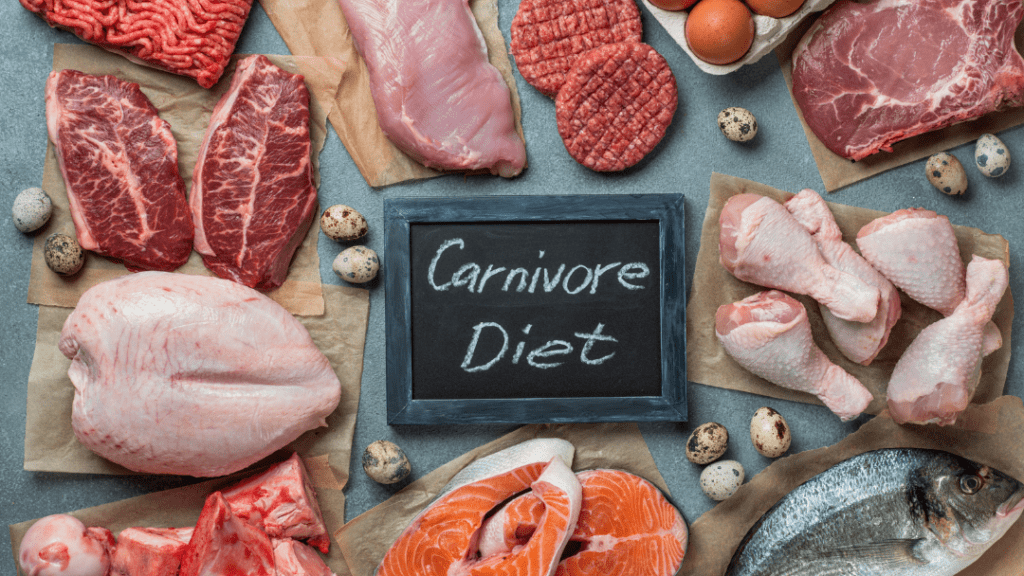
The Surprising Benefits of Creatine
When most people hear the word “creatine,” they often think of bodybuilders, athletes, and gym enthusiasts. Historically viewed as a supplement solely for muscle growth and strength improvements, creatine has recently been gaining attention for its extensive benefits across various aspects of health. In this blog post, we will explore the multifaceted advantages of supplementation, encompassing muscle building, brain function, and overall health, reinforcing that it’s not just for men or gym-goers but beneficial for everyone.
What is it?
A naturally occurring compound found in small amounts in certain foods (like red meat and fish) and synthesized in the body from amino acids. It primarily resides in our muscles, where it plays a critical role in energy production during high-intensity exercise. While it is already produced in our bodies, many athletes choose to supplement with creatine to enhance performance and muscle gains.
Muscle Building and Exercise Performance

Numerous studies indicate that supplementation can improve athletic performance, particularly in high-intensity training and explosive activities. A meta-analysis conducted found that supplementation significantly increases muscle mass and strength in people who engage in resistance training
Moreover, creatine is beneficial for recovery post-exercise, leading to quicker recovery times and reduced muscle soreness, enabling individuals to train harder and more frequently.
Brain Health Benefits
Beyond its well-documented advantages for physical performance, creatine has emerged as a critical player in brain health. Research suggests that creatine can support neurological function by providing additional energy, which is particularly beneficial in times of mental fatigue or stress.
According to a study published in the journal Neuroscience & Biobehavioral Reviews, creatine supplementation may enhance cognitive performance, particularly in tasks requiring short-term memory and quick decision-making. This suggests that individuals beyond the athletic community, including students and professionals, could experience enhanced mental clarity and focus from creatine use.
Creatine and Gender
While traditionally marketed towards men, recent findings indicate that women can also reap the benefits of creatine. A study published noted that women who supplemented with creatine experienced similar performance increases as their male counterparts. Furthermore, women who engage in high-intensity workouts or athletic endeavors can benefit from enhanced recovery and muscle preservation.
In fact, creatine’s role in improving muscular strength and endurance is not gender-specific. For women, this means greater support during resistance training, improved lean muscle mass retention, and enhanced physical performance, especially during short bursts of high-intensity activities like sprinting, lifting, or interval training. It may also help reduce fatigue and increase training volume, which can accelerate progress and amplify workout results over time.
Additionally, creatine may play a unique role for women during certain hormonal phases. For instance, during the luteal phase of the menstrual cycle, when progesterone levels are high, women may experience decreased strength and energy. Some emerging data suggests that creatine supplementation could help mitigate this dip by supporting cellular energy production, making it a potential game-changer for athletic women who want to maintain consistent performance throughout their cycle.
Protective Effects Against Neurological Diseases
Creatine demonstrates promise in protecting against neurodegenerative diseases such as Alzheimer’s and Parkinson’s. A review shows that supplementing may have neuroprotective properties and could potentially aid in slowing the progression of these diseases thanks to its role in enhancing mitochondrial function and energy metabolism in brain cells.
This is particularly compelling when considering the higher prevalence of Alzheimer’s disease among women compared to men. Although more research is needed, creatine’s ability to stabilize cellular energy production and reduce oxidative stress may offer a low-risk, high-reward approach to long-term cognitive health. It has also shown potential in improving memory, reaction time, and mental clarity—benefits that extend to both healthy individuals and those dealing with mild cognitive impairment.
Moreover, because creatine is stored in the brain and used during periods of high mental demand, it may help with everyday cognitive function. Tasks such as multitasking, problem-solving, and even managing stress may all benefit from creatine supplementation, particularly in individuals facing sleep deprivation or chronic mental fatigue.
Improved Bone Health
Emerging research emphasizes its role in promoting bone health, particularly in older adults. A study found that it can stimulate osteoblast activity, which is crucial for bone formation. As highlighted in a review, supplementing with creatine may lead to improved bone density and can be an essential nutrient for aging populations at risk of osteoporosis.
Bone health is especially critical for postmenopausal women, who face a significantly increased risk of bone loss due to declining estrogen levels. When combined with resistance training, creatine supplementation has been shown to enhance bone mineral density, particularly in the hips and spine—two of the most fracture-prone areas in aging women.
Additionally, creatine may aid in preventing sarcopenia, the age-related loss of muscle mass, which is closely linked to increased fall and fracture risk. By helping maintain both muscle and bone strength, creatine can support overall mobility, reduce injury risk, and promote independence in older adults.
Conclusion
It is far more than just a supplement for muscle building; its extensive range of health benefits makes it an important addition to many individuals’ diets. From enhancing physical performance to supporting brain function, reducing fatigue, promoting bone health, and providing neuroprotective properties, creatine is a powerhouse nutrient.
Considering its wide-ranging benefits, both men and women can benefit from supplementation. As with any supplement, it’s best to consult with a healthcare professional before adding it to your routine, but the research indicates that creatine could be a beneficial enhancement to overall health and well-being.
Incorporate it into your supplement regimen if you’re looking to increase your physical performance or gain added cognitive benefits. The evidence is clear that creatine is a versatile nutrient that supports health beyond the gym. See our related article on:
Why Muscle is so important as we age.
Related Questions
Are creatine benefits noticeable?
Yes, creatine benefits are often noticeable, including improved strength, increased muscle mass, enhanced exercise performance, and quicker recovery.
Why do I feel so good on creatine?
Creatine helps increase energy production in your muscles, which can improve exercise performance and muscle growth.
Does creatine have other benefits?
Yes, creatine has other benefits beyond muscle building, such as improved cognitive function and neuroprotective effects.
Does creatine boost testosterone?
No.













